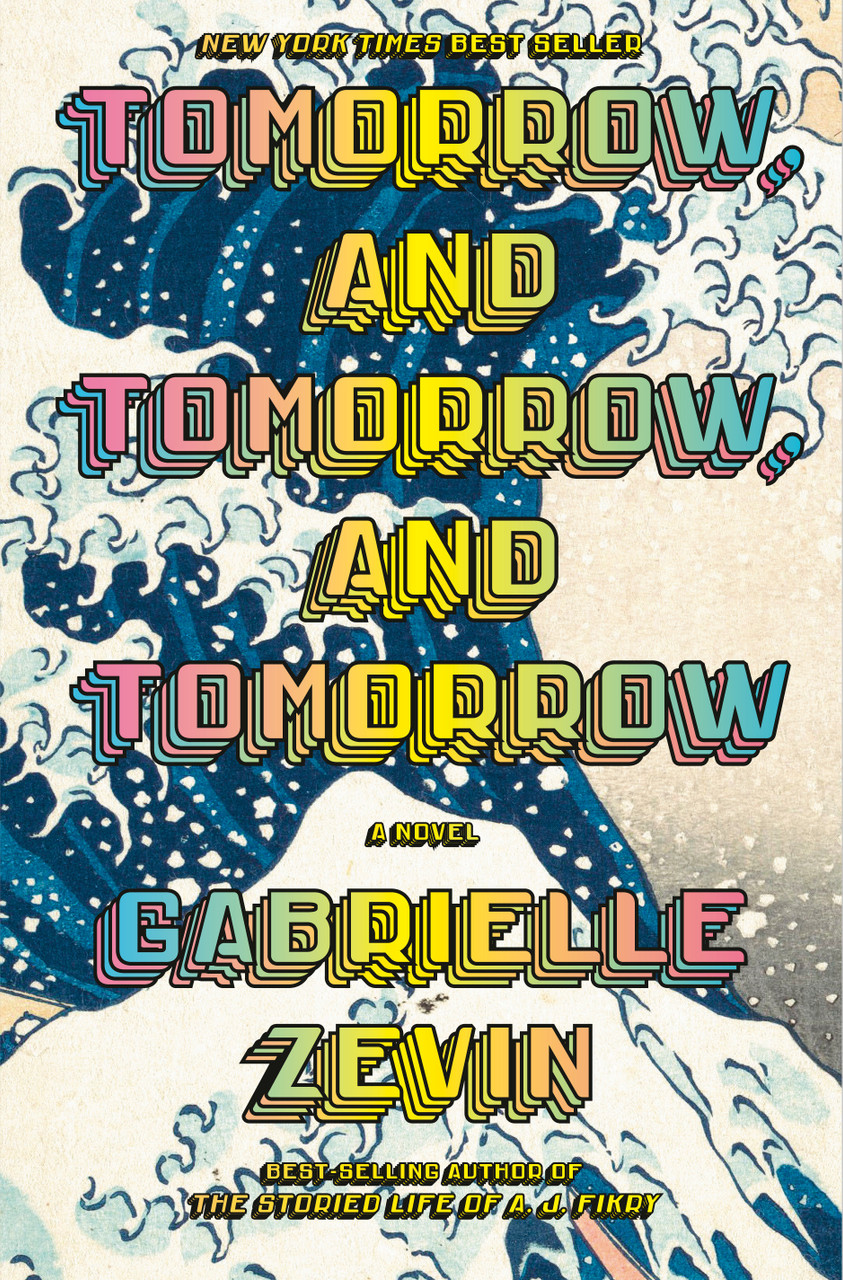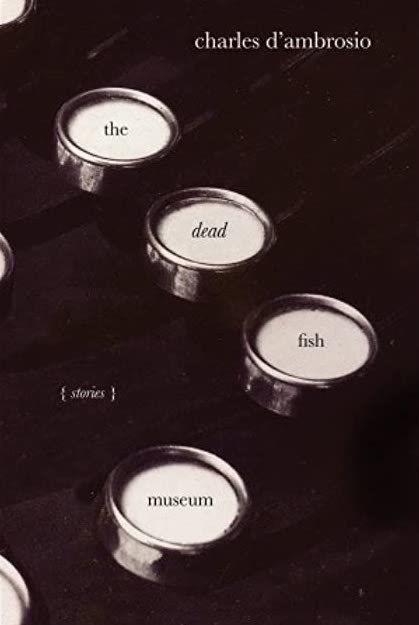The Dead Fish Museum: Stories, by Charles D’Ambrosio
Of Charles D’Ambrosio and his 2006 story collection The Dead Fish Museum, Michael Chabon said, “Charles D’Ambrosio works a rich, deep, dangerous seam in the brokenhearted rock of American Fiction. His characters live lives that burn as dark and radiant as the prose style that conjures them.”
Born in Seattle, Washington, a graduate of the Iowa Writers’ Workshop, Charles D’Ambrosio is also the author of The Point and Orphans, a collection of essays—a book that since its limited publication in 2005 by indie Clear Cut Press has never been reprinted, and as a result has achieved a kind of cult status. His fiction has appeared in The New Yorker, The Paris Review, Zoetrope All-Story, and A Public Space.
Eight rich and austere stories
Take “The Bone Game,” first published in the New Yorker. As the story opens, Kype, the grandson of a local magnate has lost his way in Portland’s confusion of one-way streets, circling Pioneer Square with an urn of his dead grandfather’s ashes on the seat, and a hitchhiker named D’Angelo:
“Kype finally found the street he wanted and steered the car north through Pioneer Square. An Indian sat on the curb with his head in his hands, tying back two slick wings of crow-black hair with a faded blue bandanna. A pair of broken-heeled cowboy boots lay in the gutter while he aired his bare feet. D’Angelo rolled down his window, waved a gun in the air, took a bead, and dry-fired. The hammer struck three times against empty chambers, but in his mind D’Angelo had dropped the Indian, right there on the sidewalk. He raised the barrel to his lips and blew away an imaginary wisp of smoke.
Putting the fun in funeral
The recurring tone in this collection is dark, certainly, and the audacious characters’ actions often feel last-ditch. Kype and D’Angelo head out to the coast, and on the way pick up a young Makah woman, Nell Ides, and the three make for Port Angeles. D’Angelo turns on the charm, telling Nell about Kype’s rich grandfather and their plans:
“You may have heard of him. Kype, his name was Kype. Just like this guy. Anyway, me and my friend Kype here, we’re drinking the old man’s bourbon, and we got his old gun, and we’re going to catch the biggest, wildest fish in the ocean with his old fishing pole.”
“Putting the fun back in funeral,” Nell said.
The book is thematically rich with the complex view of outsiders, of the Pacific Northwest’s Native culture and lore, of history, geography, industry, tragedy. In “Drummond and Son,” the younger Drummond runs a typewriter shop he’s inherited, while his own son, Pete, is developmentally disabled. Drummond brings him to shop each now that now his wife has left, and there’s a tone throughout of loss and isolation—that come with Pete’s difference, with the end of a marriage, with fixing beautiful old things that are becoming increasingly obsolete:
“Drummond wore a blue smock and leaned under a bright fluorescent lamp like a jeweller or a dentist, dipping a Q-Tip in solvent and dabbing inked dust off the type heads of an Olivetti Lettera 32. The machine belonged to a writer, a young man, about Pete’s age, who worked next door, at La Bas Books, and was struggling to finish his first novel. The machine was a mess.”
Hearts weighed down by grief
There is “Up North,” a haunting story of a hunting trip, that male trope of nature, power, and bonding, that D’Ambrosio uses to peel back the layers of pain around trust and intimacy in a marriage. In “Screenwriter,” the titular writer, admitted to a psych ward for attempted suicide, befriends a ballerina. She’s getting better, he’s not: “Departures on the psych ward were a big deal. People always swore they’d come back and visit but they never did. By the time you were a ward veteran like myself a little bit of your hope left with them and never fully returned.” It’s a kind of obsession with her, but also with her healing, which isn’t going as well for him. “Aren’t you exhausted?” she asks him, suggesting that the heart and soul, though weighed down by grief, can sometimes heal. Or not.
Read my appreciation of Charles D’Ambrosio’s essay collection at The Rumpus.
—Lauren Alwan



